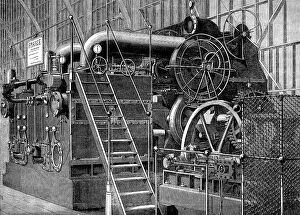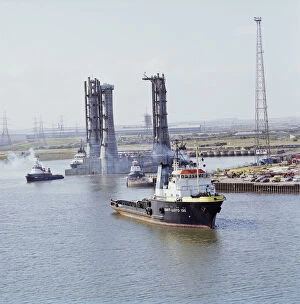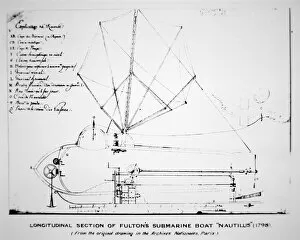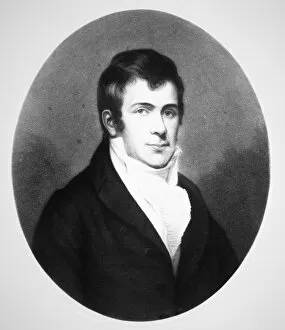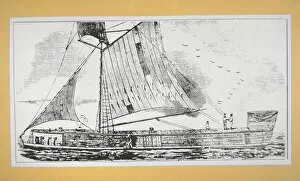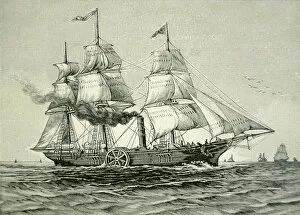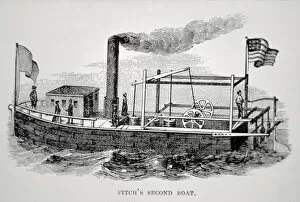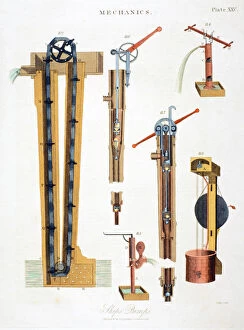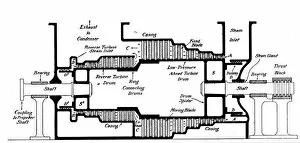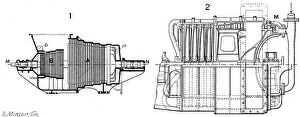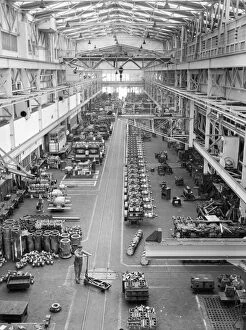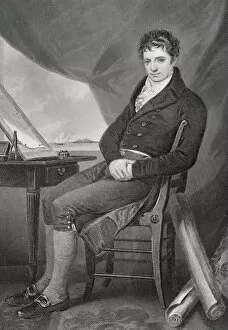Marine Engineering Collection
Marine Engineering: Pioneering the Seas of Innovation From the depths of history to the cutting-edge advancements, it has shaped the world's relationship with water
All Professionally Made to Order for Quick Shipping
Marine Engineering: Pioneering the Seas of Innovation From the depths of history to the cutting-edge advancements, it has shaped the world's relationship with water. The evolution of this field can be traced through various captivating hints. One such hint is the platform substructure JLP01_11_38577_06, a testament to the meticulous planning and construction required for offshore structures. This blueprint showcases how marine engineers design robust foundations that withstand nature's forces. Delving further into history, we encounter Robert Fulton (1765-1815), an ingenious mind whose litho depicts his groundbreaking creation - Fultons submarine Nautilus. This longitudinal section plan reveals Fulton's vision for underwater exploration and foreshadows future innovations in naval architecture. The Mississippi Keel boat engraving takes us on a journey along America's rivers during its early days. Marine engineering played a pivotal role in developing these vessels, revolutionizing transportation and trade across vast distances. In 1819, Savannah made waves as it became the first steamship to cross the Atlantic Ocean. An enchanting engraving immortalizes this milestone achievement, highlighting how marine engineering propelled humanity towards new horizons by harnessing steam power. John Fitchs' second steamboat engraving from 1788 reminds us that innovation often requires multiple attempts before success is achieved. Fitch's determination paved the way for future advancements in ship propulsion systems. Marine engineers have also tackled challenges below deck; various pumps were developed in 1816 to drain ships efficiently. These inventions ensured safer voyages by preventing flooding and maintaining buoyancy amidst turbulent waters. Fast forward to c1904 when Dover packet boat Queen incorporated a steam turbine into its structure – depicted through an intriguing longitudinal section drawing. This breakthrough marked a shift towards more efficient propulsion systems that continue to shape modern maritime technology today. The significance extends beyond individual vessels or technologies; it played a vital role in the post-WWII reconstruction of Europe.

